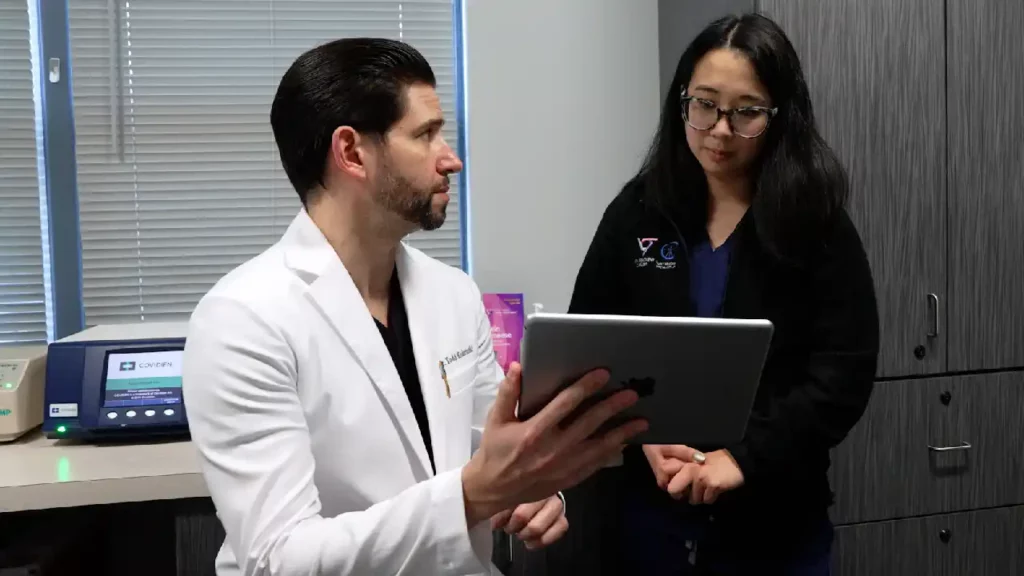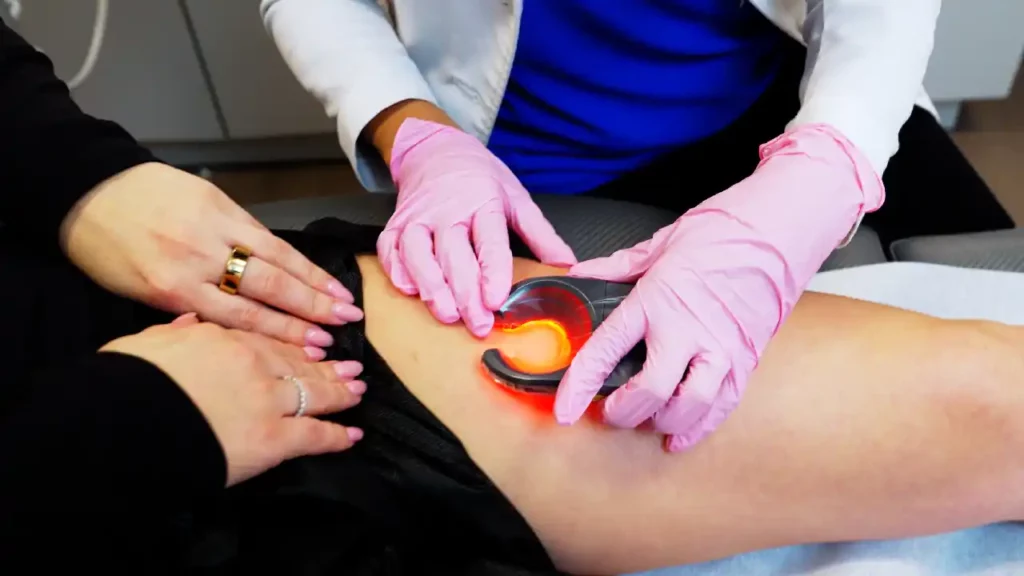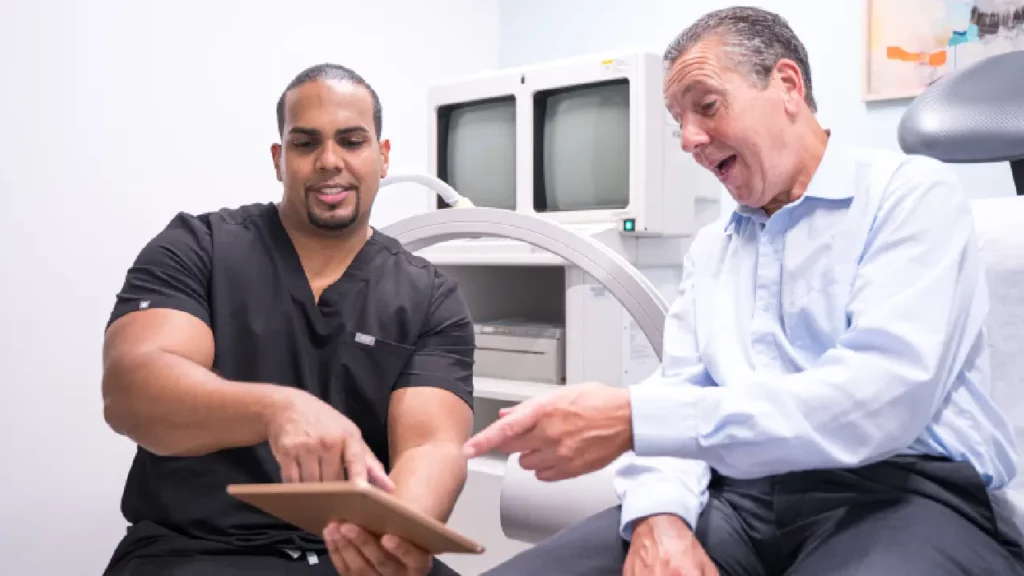Managing Pain After Minimally Invasive Vein Treatments: Effective Strategies
If you’ve recently undergone minimally invasive vein treatments, you may be experiencing discomfort or pain during recovery. Whether you’ve had procedures like endovenous laser treatment (EVLT), radiofrequency ablation (RFA), or sclerotherapy, managing post-procedure pain is crucial for a smooth recovery and better outcomes. In this guide, we’ll explore effective strategies to help you manage pain after minimally invasive vein treatments so you can get back to your daily life as quickly and comfortably as possible.
What Are Minimally Invasive Vein Treatments?
Before diving into pain management strategies, let’s briefly review what minimally invasive vein treatments entail. These procedures have revolutionized the management of varicose veins, spider veins, chronic venous insufficiency, and other venous conditions. They are less invasive than traditional surgical options, involve smaller incisions (if any), and generally lead to quicker recovery times. Most minimally invasive vein treatments address chronic venous insufficiency, the root cause of most vein problems, or remove visible spider veins and varicose veins.
Common Minimally Invasive Vein Treatments:
- Endovenous Laser Treatment (EVLT): EVLT uses laser energy to seal off the affected vein, redirecting blood flow to healthier vessels. It is typically used for large varicose veins and chronic venous insufficiency and helps alleviate symptoms like pain, swelling, and discomfort.
- Radiofrequency Ablation (RFA): RFA is a similar procedure to EVLT but uses radiofrequency energy to heat and close the damaged vein, thus rerouting the accumulated blood to healthier leg veins. It is also effective for treating varicose veins.
- VenaSeal: This procedure involves injecting a specialized medical adhesive into the diseased vein to seal its walls shut, turning it into a hardened tissue eventually absorbed by the body. It can treat chronic venous insufficiency with minimal discomfort or downtime.
- ClariVein: This procedure combines mechanical agitation and sclerosant solutions to treat larger varicose veins and chronic venous insufficiency. The vein doctor inserts a specialized catheter with a rotating tip to damage the diseased vein’s walls while injecting sclerosant. The diseased vein collapses and gets absorbed by the body, rerouting blood to healthier veins.
- Ambulatory Phlebectomy: The vein doctor makes small incisions on the skin’s surface to physically extract the superficial varicose veins. This is a cosmetic procedure often performed after other minimally invasive vein treatments for underlying venous insufficiency.
- Sclerotherapy: Sclerotherapy involves injecting a special solution directly into the affected vein, causing it to collapse, turn into scar tissue, and eventually disappear. It is often used for smaller varicose veins and spider veins.
While these treatments are generally less painful and require shorter recovery times than traditional surgery, some discomfort is still expected. Let’s explore effective strategies to manage this post-procedure pain.
Are you interested in getting more information about your condition or a treatment?
Fill the form below to start!
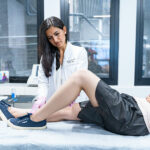
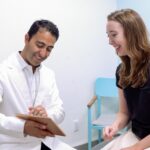
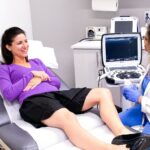
Managing Pain After Minimally Invasive Vein Treatments
Follow Your Physician’s Instructions
The first and most crucial step in managing pain after minimally invasive vein treatments is to follow your physician’s instructions. They will provide you with specific guidelines on post-procedure care, including pain management. These instructions may include:
- Medication recommendations: Your vein doctor may prescribe pain relievers or non-steroidal anti-inflammatory drugs to help you manage discomfort. Follow the prescribed dosage and timing instructions carefully.
- Compression stockings: Wearing compression stockings as advised can significantly reduce swelling and pain. Compression stockings apply pressure on leg veins to push accumulated blood to the heart and prevent the accumulation of blood in leg veins. Ensure you put them on correctly and wear them for the recommended duration.
- Physical activity: Your vein doctor will guide you on when and how to resume physical activities. You can resume daily activities and gentle walking immediately, but strenuous workouts and heavy lifting should be avoided for a few days or weeks.
- Rest and elevation: Elevating your legs when resting can help reduce swelling and pain. Make sure to rest adequately during the initial recovery period.
Pain Medication
Pain medication is often a crucial component of managing discomfort after minimally invasive vein treatments. Your vein doctor may prescribe or recommend over-the-counter pain relievers like ibuprofen or acetaminophen. It’s essential to adhere to the recommended dosage and not exceed the maximum daily limit. If you experience severe pain or have concerns about medication, consult your vein doctor for further guidance.
Cold Compresses
Applying cold compresses to the treated area can provide relief from pain and swelling. You can use ice packs wrapped in a cloth or a commercial gel pack. Apply the cold compress for 15-20 minutes at a time, with breaks in between, to prevent frostbite or skin irritation.
Compression Stockings
Compression stockings are a key element in managing post-procedure pain and swelling. These specially designed stockings apply pressure to your legs, helping improve blood circulation and reduce discomfort. Make sure to wear them as instructed by your vein doctor, and choose the appropriate compression level based on their recommendation.
Elevate Your Legs
Elevating your legs above heart level while resting can significantly reduce swelling and pain. Prop your legs up on pillows or cushions for 15-30 minutes several times a day. This simple practice can improve blood flow and alleviate discomfort.
Hydration and Nutrition
Proper hydration and a balanced diet play a vital role in your recovery. Drinking enough water can help flush toxins from your body and maintain overall health. Incorporate foods rich in vitamins and minerals, such as fruits and vegetables, to support the healing process.
Avoid Prolonged Sitting or Standing
Prolonged sitting or standing can worsen post-procedure pain and swelling. Whenever possible, take short breaks to walk around and stretch your legs. If your job or daily routine involves extended periods of sitting or standing, take short breaks to walk around and stretch your legs. Discuss strategies with your vein doctor to minimize discomfort.
Pain Diary
Keeping a pain diary can help you track your progress and identify any trends or triggers that exacerbate your discomfort. Note the level and location of pain, what activities worsen it, and any relief measures you’ve tried. Share this information with your vein doctor during follow-up appointments to adjust your pain management plan as needed.
Mind-Body Techniques
Mind-body techniques like relaxation exercises, deep breathing, and meditation can be beneficial in managing pain and reducing stress during your recovery. These practices can help you stay calm and focused, enhancing your overall well-being.
When to Seek Medical Attention
While discomfort and pain are common after minimally invasive vein treatments, some symptoms may indicate a more serious issue. It’s essential to recognize when to seek medical attention. Contact your vein doctor if you experience any of the following:
- Severe or worsening pain: If your pain becomes unbearable or continues to worsen despite following your doctor’s instructions and taking pain medication, consult your vein doctor.
- Signs of infection: Watch for symptoms such as increasing redness, warmth, or tenderness at the treatment site, as well as fever or drainage of pus. These may indicate an infection that requires prompt treatment.
- Swelling or pain in the calf: Unilateral calf swelling and pain could be a sign of deep vein thrombosis (DVT), a potentially serious (though extremely rare) condition. Seek immediate medical attention if you experience these symptoms.
- Allergic reactions: If you develop severe itching, hives, difficulty breathing, or swelling of the face, lips, or tongue after taking prescribed medication, call 911 or go to the nearest emergency room. These could be signs of a severe allergic reaction.
- Persistent bleeding: If bleeding from the treatment site does not stop with firm pressure or becomes profuse, contact your vein doctor or seek emergency care.
Consult Our Vein Doctors Today
Managing pain after minimally invasive vein treatments is essential for a smooth recovery and optimal results. By following your vein doctor’s instructions, you can effectively alleviate discomfort during your recovery period. Remember that every individual’s experience with pain and recovery is unique, so it’s crucial to communicate openly with your vein doctor throughout the process. If you ever have concerns or notice any worrisome symptoms, don’t hesitate to seek medical attention promptly.
Vein Treatment Clinic is a group of state-of-the-art vein clinics led by board-certified vein doctors. Our vein doctors perform minimally invasive vein treatments that allow you to resume your daily activities and work immediately without downtime. Furthermore, our vein doctors also discuss appropriate aftercare methods to manage discomfort and ensure optimal recovery with minimal risk of recurrence. Please schedule an appointment with our vein doctors — you can find our vein clinics in New York, New Jersey, Long Island, California, and Maryland.





